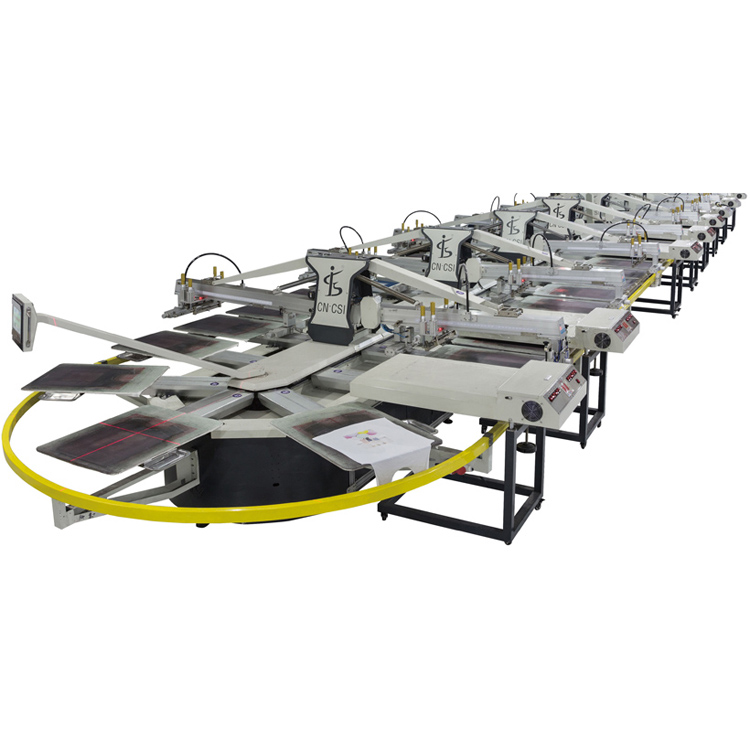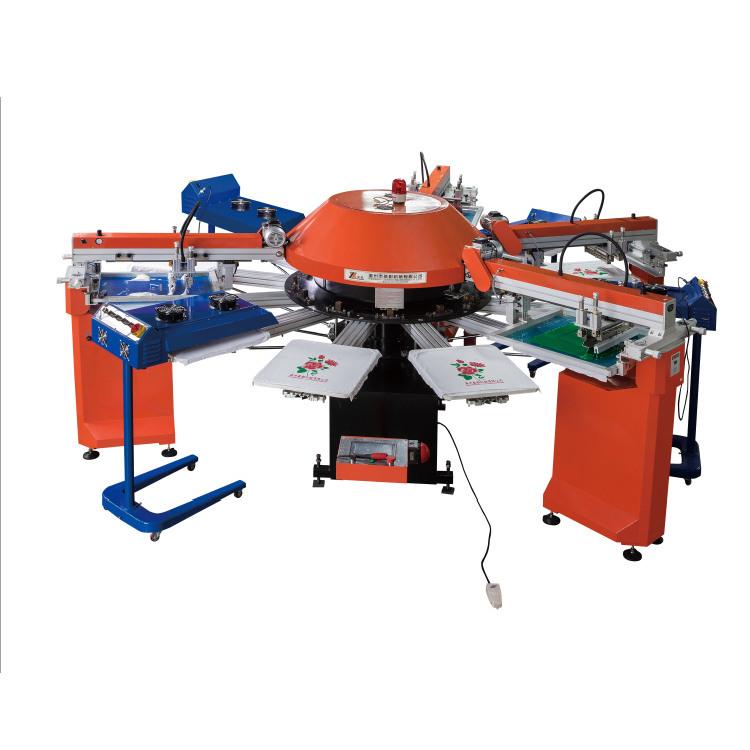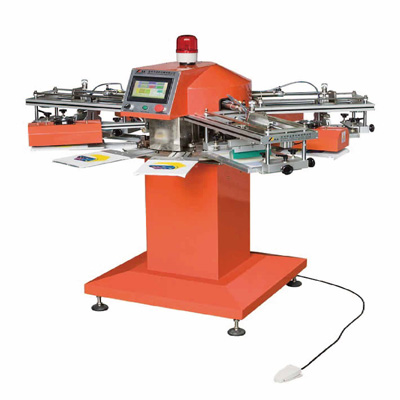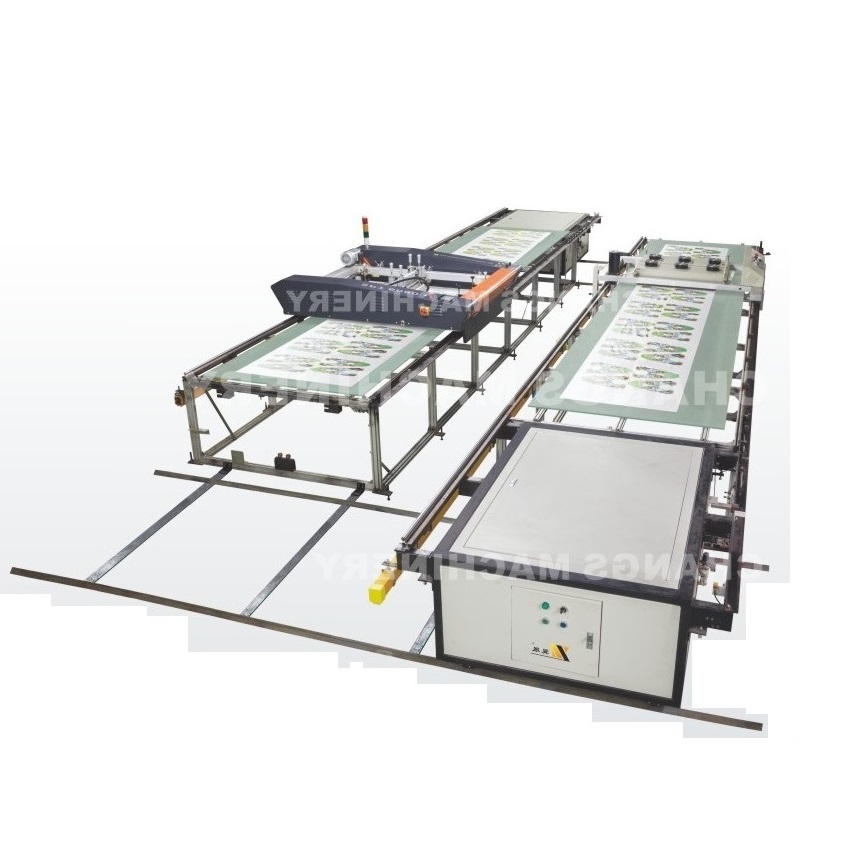In our modern world, preserving food, protecting valuable goods, and optimizing storage space are constant challenges. Enter the vacuum packing machine, a versatile tool that has revolutionized preservation techniques in homes, restaurants, and industries worldwide. But what exactly is it, and what crucial roles does it play?
What is a Vacuum Packaging Machine?
A vacuum packing machine is a device designed to remove air from a packaging container before sealing it tightly. This process creates a vacuum environment within the package, effectively isolating the contents from external air and its components. By eliminating air, especially oxygen, the machine helps to prevent spoilage, maintain product quality, and extend the shelf life of various items.
The role of vacuum packing machine
The role of vacuum packing machine is diverse and significant in both domestic and industrial settings:
1. Food Preservation:
One of the primary roles of vacuum packing machines is in food preservation. By removing oxygen from the packaging, the growth of bacteria, mold, and other microorganisms that cause food to spoil is significantly inhibited. This allows perishable foods such as meat, fish, fruits, and vegetables to stay fresh for a much longer period compared to traditional packaging methods. For example, vacuum-sealed meat can last several weeks in the refrigerator, and even longer when frozen.
2. Reduced Food Waste:
By extending the shelf life of food products, vacuum packing machines contribute to reducing food waste. Households, restaurants, and grocery stores can store food for longer without it going bad, meaning less food is thrown away. This not only saves money but also has positive environmental implications by reducing the amount of organic waste that ends up in landfills.
3. Space Saving:
Vacuum packing compresses the packaging, reducing the volume of the items being stored. This is particularly useful in both home and commercial storage. For instance, in home refrigerators or freezers, vacuum-sealed food takes up less space, allowing for more efficient use of storage areas. In commercial settings, it enables more products to be transported or stored in a given space, optimizing logistics and storage costs.
4. Protection from External Elements:
Vacuum-sealed packages provide a barrier against external elements such as moisture, dust, and odors. This protection helps to keep the contents in their original state. For example, dry foods like cereals or snacks can be protected from moisture, preventing them from becoming stale. Additionally, vacuum packaging can prevent cross-contamination of odors between different foods in the refrigerator.
5. Enhanced Flavor:
In the case of marinated or seasoned foods, vacuum packing can enhance their flavor. The vacuum environment forces the marinade or seasoning to penetrate the food more deeply and evenly, resulting in a more intense and delicious taste. This is especially beneficial for meats, poultry, and seafood.
6. Industrial Applications:
Beyond the food industry, vacuum packing machines have various industrial applications. They are used in the packaging of electronic components to protect them from moisture and dust, ensuring their proper functioning. In the medical field, sterile supplies and equipment are often vacuum-sealed to maintain their sterility. Additionally, items such as clothing, bedding, and other textiles can be vacuum-packed for efficient storage and transportation, reducing bulk and saving space.
Conclusion
Vacuum packing machines play a crucial role in preserving products, reducing waste, saving space, and protecting items from external factors, with applications ranging from daily household use to large-scale industrial operations.






